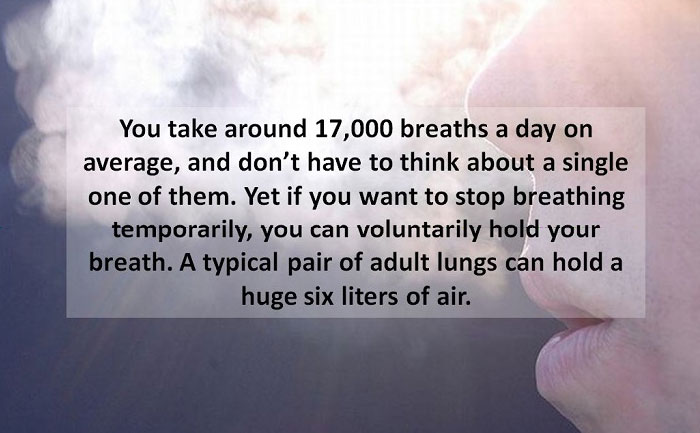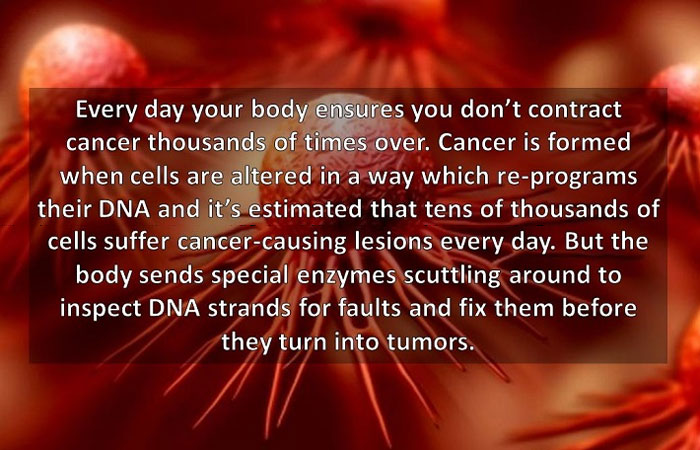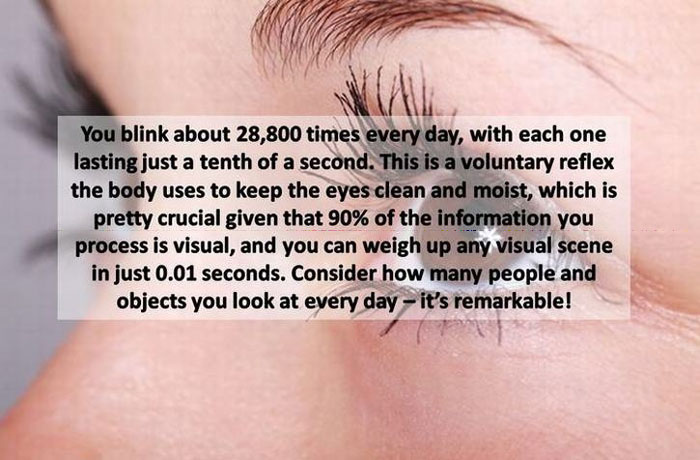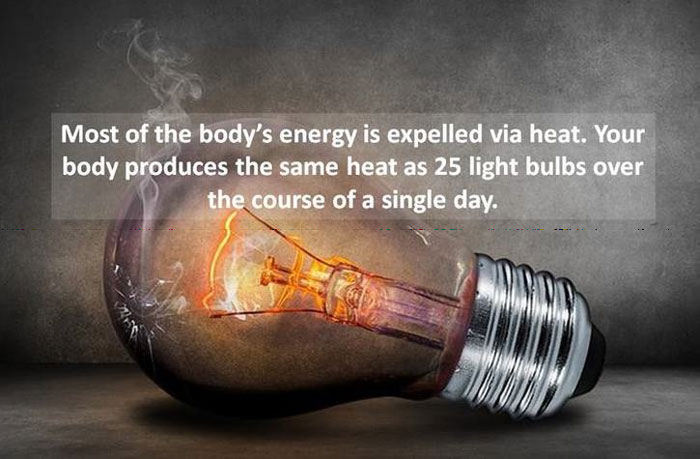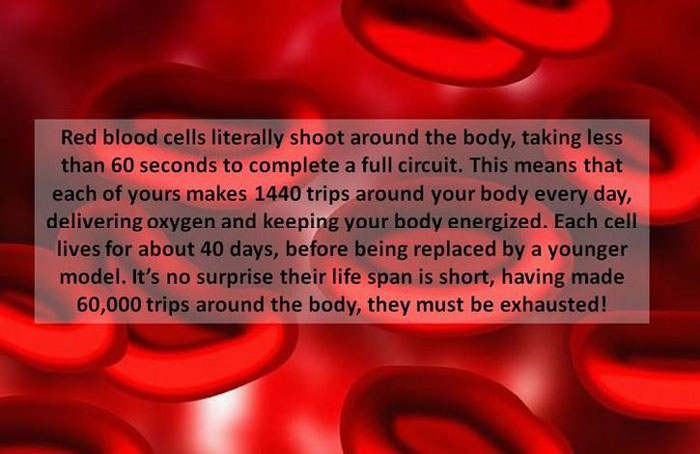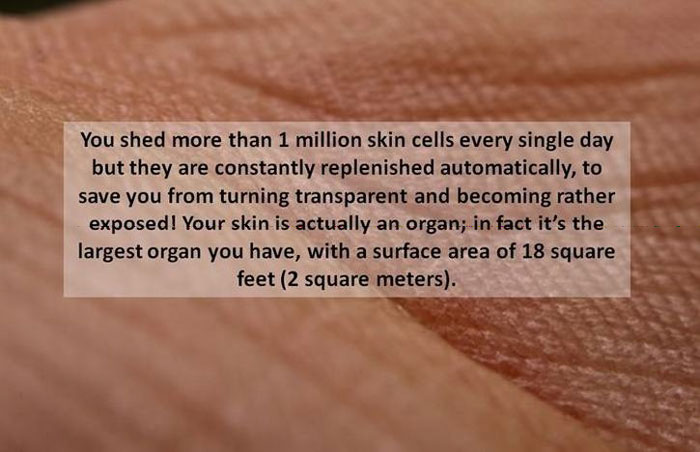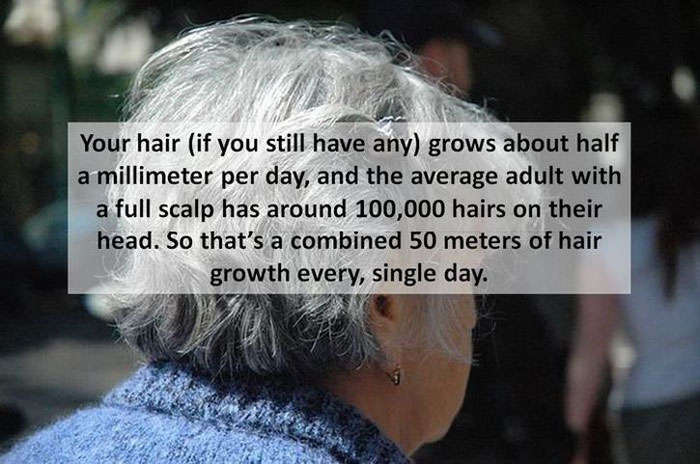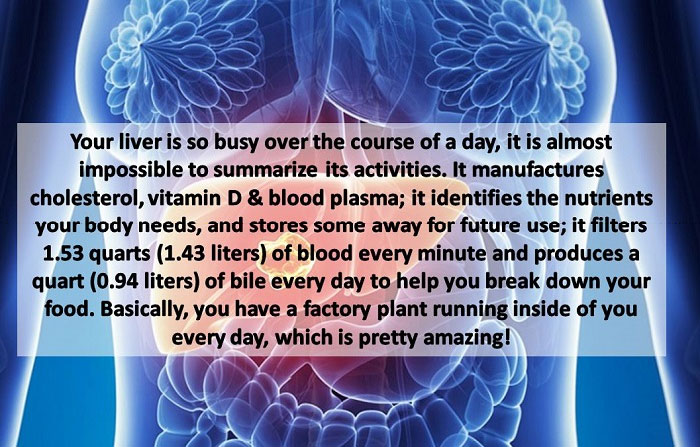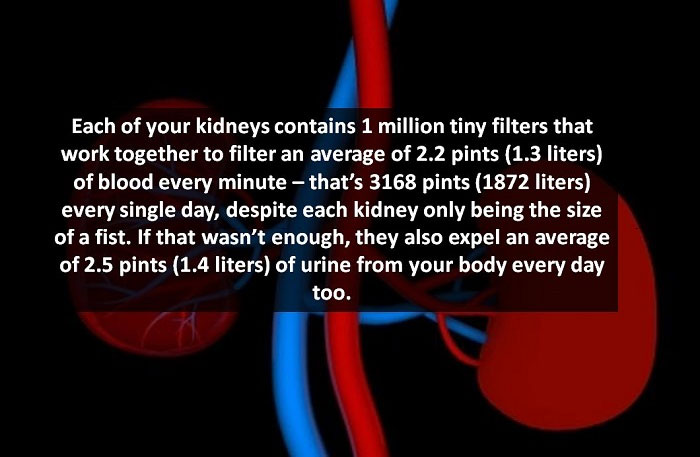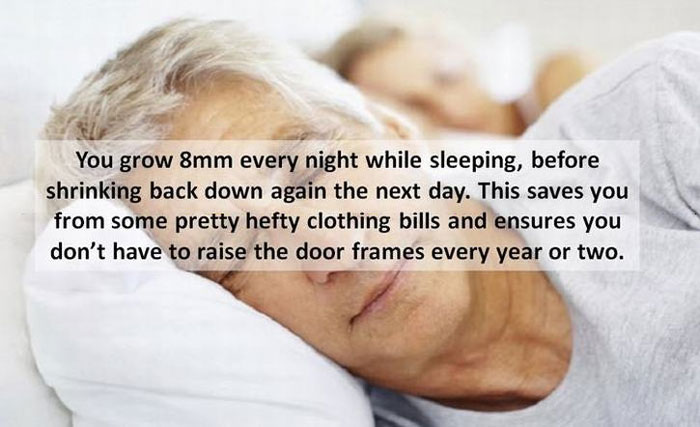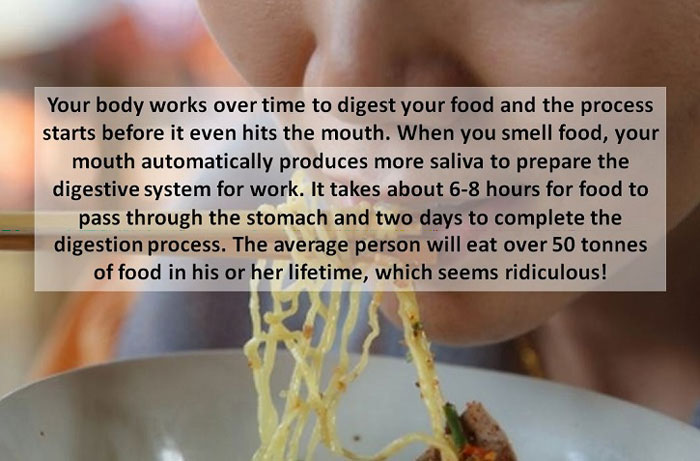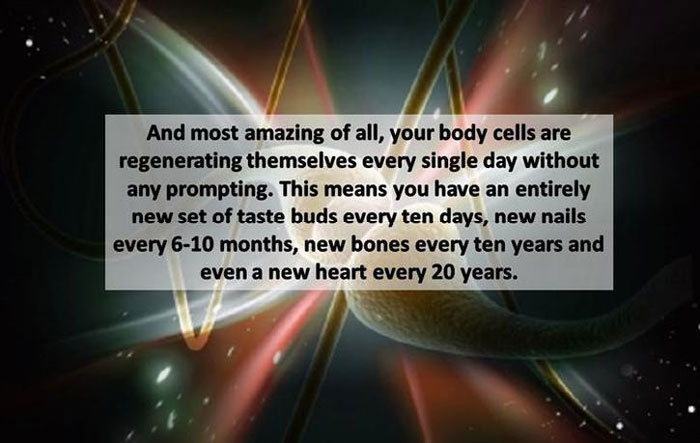Originally written by
Deborah Fox, MSW
What do women want?" is an age-old question that rolls off the tongue of many men with alarming regularity. The nods of other men confirm the mystery. Women will be happy to tell you if you ask. And men have.
What keeps the mystery going is that the answers are so different from how men think and operate that they're too often tossed out simply because the answers don't seem to make sense.
Knowing what makes women tick is discoverable, but you need to suspend
your beliefs about what you think she wants and be prepared to be impacted.
A woman wants to be understood for who she is, how she thinks, what's important to her, how she feels, and why she feels what she feels.
Tip #1 - Listening
Understanding can't happen without listening, really
listening means being fully attentive. It means putting aside your frame of reference. It means checking your assumptions at the door. It means not interrupting. It means saying,
"Help me understand why you felt dismissed?" If you ask,
"Do you think you could've done...?," she'll feel abandoned. She'll let you know if she wants your help to problem-solve.
Shaking your head, glancing at your phone, looking away lets her know that
you're not listening to what she has to say. She gets the message you're judging her, disagreeing with her, and just waiting until she's done talking so you can tell her so.
You may think you're not helpful by just listening because this isn't what men want or do. Women tend to find their way to a solution by sharing their stories. And she will ask for help if she trusts you to help her brainstorm and not take over by telling her what she should do.
When my six-year-old daughter recounted the playground drama of the day at dinner one night, my husband asked her if she wanted to call her friend Susie to say something about what had transpired that day. My daughter and I looked at him as if he'd suddenly grown three horns. She and I understood that what she wanted was simply to share the story and be heard.
The woman in your life needs you
to tune into her emotions, not merely the facts of a situation. Men tend to be very uncomfortable when their partner is distressed. They feel their job is to make their partner feel better, so they rush into righting the wrong. This skips over what women need most, which is for their feelings to be acknowledged and understood. Period.
It's highly unlikely that you woke up that morning and said to yourself, "Hmm . . .how can I hurt Stacy today?" Of course not. But you did, unintentionally, by not listening.
Tip #2 - Trustworthiness
A woman wants you to be
trustworthy. Say what you mean. Mean what you say. Do what you say you're going to do. She needs to feel secure with you.
Be a safe person for her to be vulnerable. Don't judge or placate. She wants you to have her back. Stand up for her if there's a potential for her to be embarrassed. Be protective. A woman steps out into the world with an eye out for danger and lives with a heightened degree of
vulnerability that is her "normal."
Tip #3 - Sexuality
Women do want to be desired
sexually by their chosen partner. This can be a complicated one for men. You might be understandably confused about how to find a balance between
being considerate and being passionate. It can be confusing when you hear women want a sensitive man and capable of talking about his feelings. It's not such a leap for you to assume this means she wants a gentle lover---and this might be true. Women can seem to be a walking contradiction because this same woman may want to be ravished or desired passionately by her partner.
The answer to this mystery is good communication.
Talking about sex is uncomfortable for many people, but the alternative is literally and figuratively groping in the dark.
In
Dr. Emily Nagoski's book, Come As You Are, she writes that stress, mood, fatigue, trust, and body image are central to the sexuality of a majority of women, not just peripheral factors. For these women, understanding that openness to sex is context-dependent and that everyday life affects that context is vital.
The source of
sexual desire is often relational for women. They don't tend to be frequently struck with desire walking down the street on a given day. However, a shared activity, a conversation, flirtatious banter, an affectionate note are door openers for her to feel desire.
You might have to enlarge your definition of what it means to be a good lover. Men tend to make assumptions about what is satisfying to a woman, which she often finds oppressive. Again, ask her.
Tip #4 - Being Your Priority
She needs to feel
she's a priority to you. Let her know she matters to you. When you have some good news, please share it with her first. When you have a problem, go to her first.
Ask her what
makes her feel loved. You may think that doing household chores shows your love, but perhaps what makes her feel loved is spending quality time with you or hearing what you appreciate about her.
If she's distressed, assume it's something for the two of you to resolve together. Put your relationship at the top of your "to-do" list, not something you attend to after...everything else.
We learn what we observe in our families as children and adopt tons of mythology from our peers and the media. With the growth in understanding of yourself and your partner, your relationship can become secure and satisfying.


